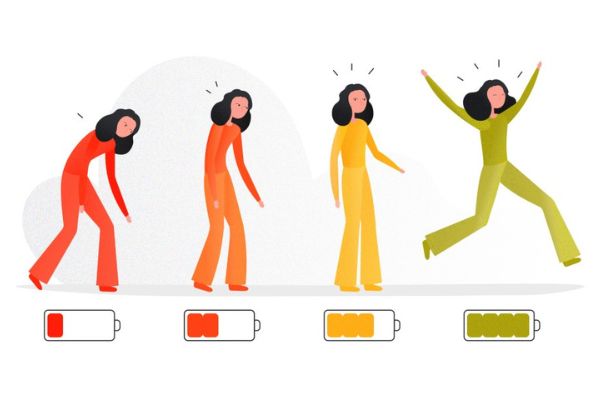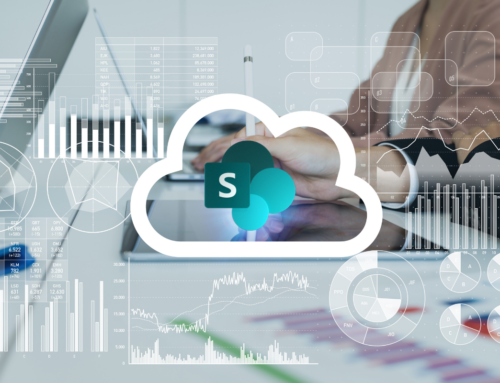With Spring around the corner, the season of renewal is upon us. Unfortunately, there are many in the workplace today that are feeling the opposite of renewed and refreshed. In record numbers, America’s workers are feeling demotivated, tired, and quitting (quietly or outright).
According to a 2021 Gallup poll, 7 out of 10 people report they are struggling, or they are suffering at an all-time high. In the workplace, many are experiencing burnout, first described by the World Health Organization as an “occupational phenomenon” in 2019 and which has grown steadily since then. In a recent LinkedIn post, Microsoft Chief People Officer, Kathleen Hogan, makes the case that we are experiencing more than just workplace burnout. With social unrest, geopolitical instability, and economic uncertainty weighing us down, we’re facing a Human Energy Crisis. This strain on our invaluable human capital needs to be recognized and addressed by today’s business leaders.
What’s driving the Human Energy Crisis in the workplace? A contributing factor is doing more with less. Since the start of the pandemic, the workday span has increased, the lines between work and home have blurred, and according to the US Chamber of Commerce, there are 3 million fewer Americans working today compared to February 2020. The result is an increased burden on today’s workers to do more. Combined with economic concerns and trying to meet personal work/life balance and family goals, the weight of it is draining our batteries.
What can be done to address this crisis? Quoting Kathleen Hogan, here are the 6 key areas to help fuel your staff in a sustainable way:
- Put culture and purpose front and center
- Make wellbeing holistic
- Support career growth in meaningful ways
- Focus on leader and manager capabilities
- Build supportive team connections
- Be intentional about flexibility
As a Microsoft technology solutions provider, I would also add to this list that we need to find ways to make our employees’ jobs less burdensome. The tools are available in Microsoft 365 to enable any of the following:
- Automate routine, redundant and manual processes
- Provide productivity tools and training on how to use them best
- Build out the structures in SharePoint and Teams that allow staff to easily and quickly find the content they need
- Engage staff with an inclusive and informative intranet
- Create engaging dashboards and automate reporting
The solutions to combat the Human Energy Crisis will take an investment of time, money, and resources and will require leadership commitment for the long term. Is it worth it? I believe the answer is yes. The future of our businesses depends on it.
Below you will find links to the entire Human Energy Crisis LinkedIn post and other posts to help support your workforce.
Understanding America’s Labor Shortage
The U.S. Chamber of Commerce’s analysis of the state of the workforce and factors that are contributing to the labor shortage on a national level.
Boosting Productivity and Employee Morale with Automation
With today’s low-code tools such as Microsoft Power Platform, automating routine manual email and paper-based processes is easier than ever.
Preparing Your Users for Automation
Our suggestions to help you prepare your users for automation with the Power Platform by fostering a mindset and culture of transformation in your organization.
Why Leaders Can’t Ignore the Human Energy Crisis
Kathleen Hogan’s LinkedIn post on why we are experiencing more than just burnout and how leaders can foster “positive people outcomes”.
As always, the Compass365 team is here to assist you in improving the way your organization operates and your employees work with SharePoint and the Microsoft 365 platform.
If you have a vision for driving improvements and would like to discuss your ideas with our team of Microsoft consultants, please reach out at any time.













